中國藥用植物 - 當歸
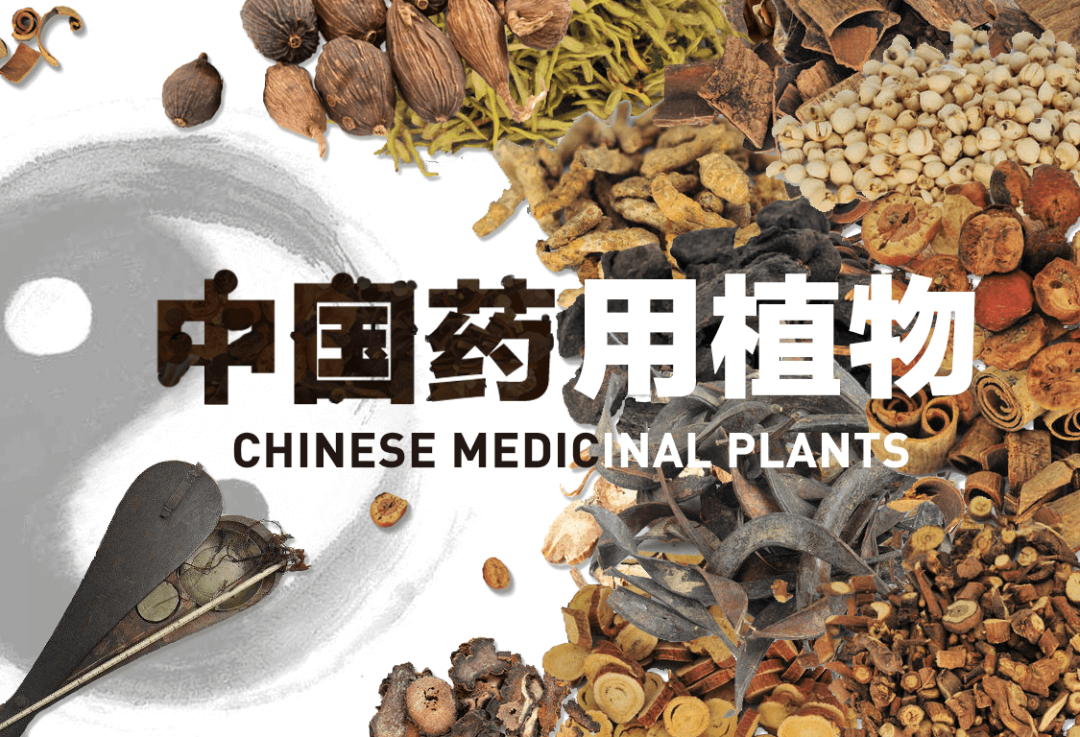
當歸
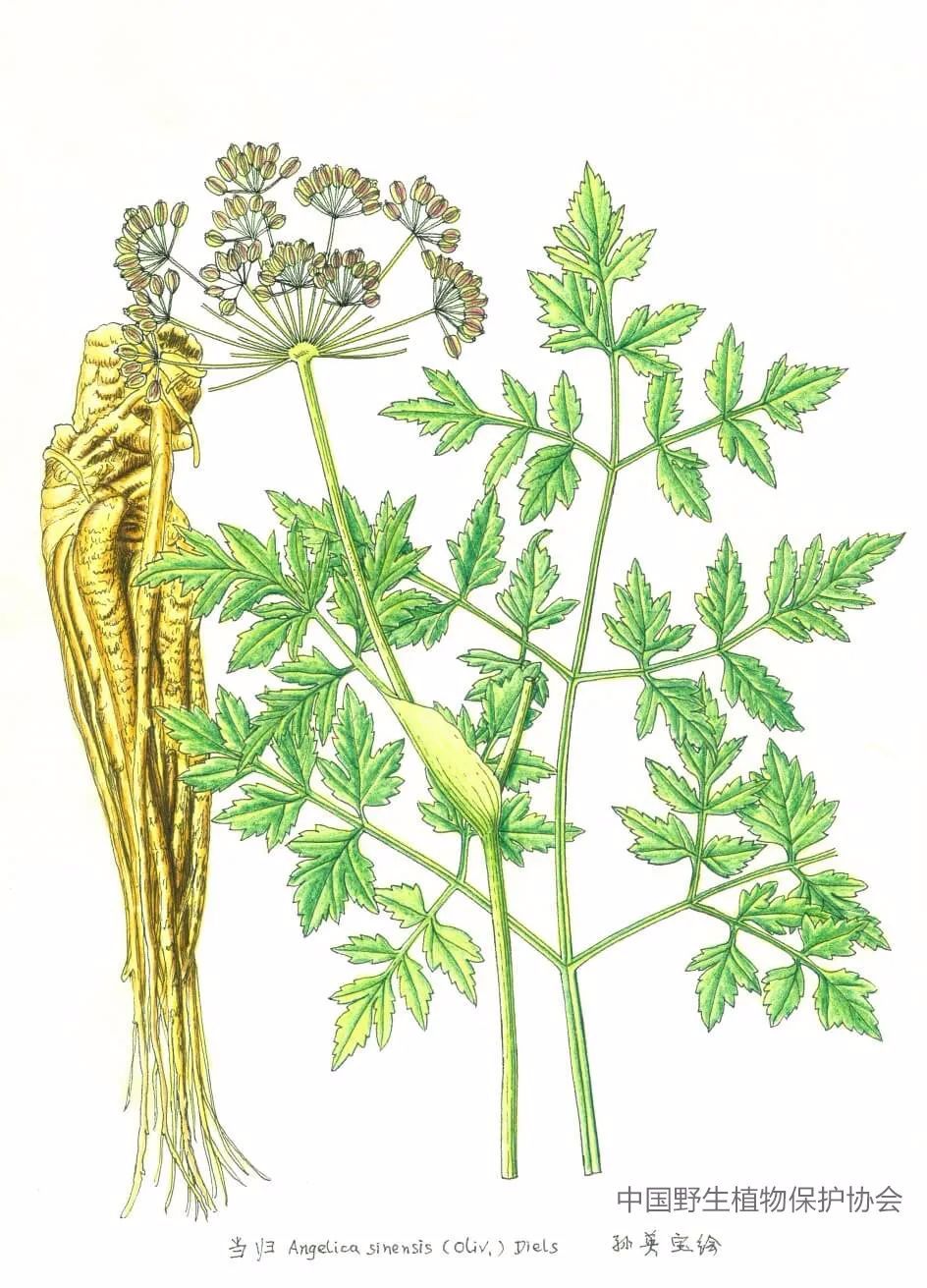
當歸 Angelica sinensis
孫英寶繪
當歸(Angelica sinensis)為傘形科當歸屬(Angelica)植物,干燥根為常用傳統中藥,有濃郁的香氣,在中藥組方中用量大,素有 “十方九歸”之說。
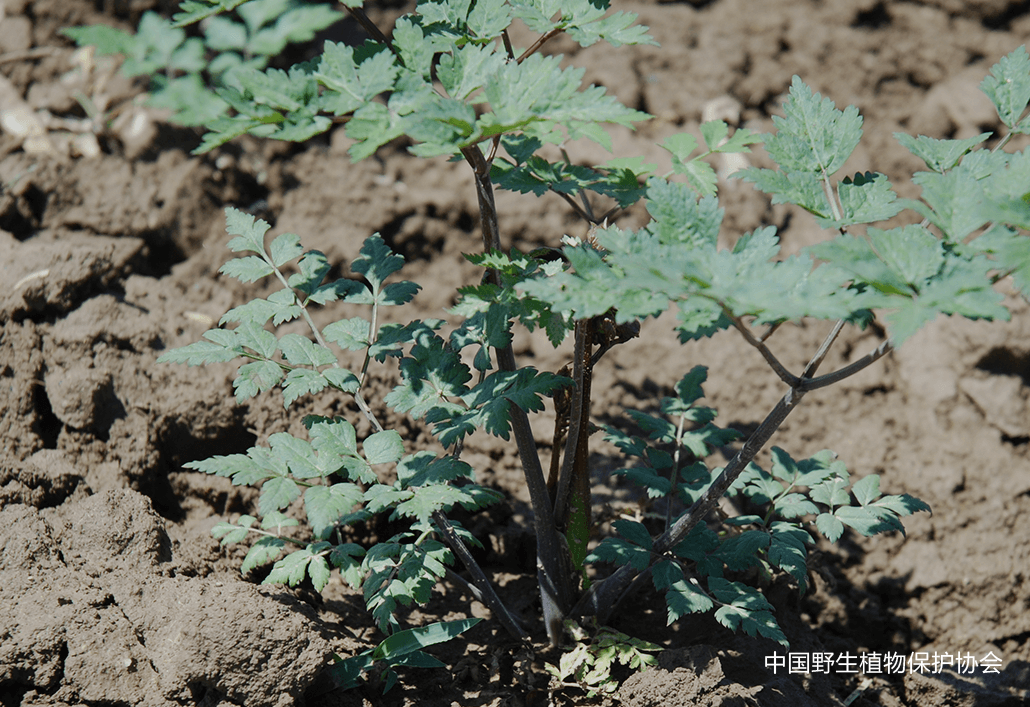
當歸 Angelica sinensis
當歸的藥用歷史可上溯到約 2000 年前的東漢時代,首見于《神農本草經》,其后在歷代本草典籍中對當歸均有記述。據南北朝時期的《本草經集注》記載,當歸最早出產于甘肅的隴西縣首陽鎮和武山縣落門鎮一帶。宋代《本草衍義》中記載四川開始栽培,至明代《本草綱目》中記載其栽培范圍已擴大至陜西、甘肅和四川等地。目前主產于甘肅的岷縣、宕昌、漳縣一帶,地域特征明顯,質量上乘,為著名道地藥材,被稱為 “岷歸” 或 “秦歸”。近十幾年由于受到氣候變化和社會經濟發展等因素影響,種植區域也不斷向西發展到甘肅省臨近縣市和青海省的互助、大通和湟中等縣。總之,這一地域的當歸產量約占全國 70% 左右。另外,產于四川汶川至九寨溝一帶的,被稱為 “川歸”。約在清末民國初年,當歸被引種于云南鶴慶,并在近些年逐漸在云南東北部和西北部形成較大種植規模,稱為 “云歸”。
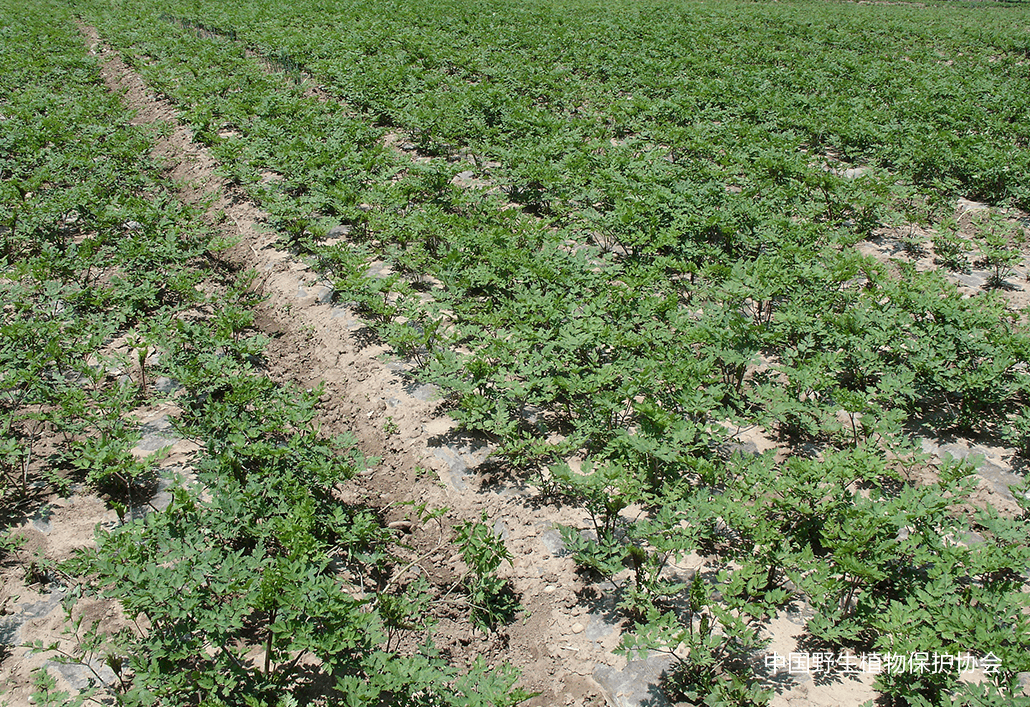
當歸栽培田
盡管當歸種植面積很大,但野生當歸資源分布有限,目前僅在甘肅岷縣、漳縣和迭部等地發現少量野生居群。目前栽培當歸已經完全可以滿足市場需求,少量的野生居群保護應該加以重視,避免當歸居群的野外滅絕。
傳統中醫認為,當歸具有補血活血,調經止痛,潤腸通便的功效,常用于治療血虛萎黃,眩暈心悸,月經不調,經閉痛經,虛寒腹痛,腸燥便秘,風濕痹痛,跌撲損傷,癰疽瘡瘍等病癥。現代藥物化學和藥理學研究表明,當歸的化學成分主要為揮發油和水溶性成分兩大部分,包含了苯酞類化合物、當歸多糖、有機酸及豐富的氨基酸和微量元素等多種成分,具有廣泛的藥理作用,對人體的神經、免疫、循環、呼吸多個系統產生影響。
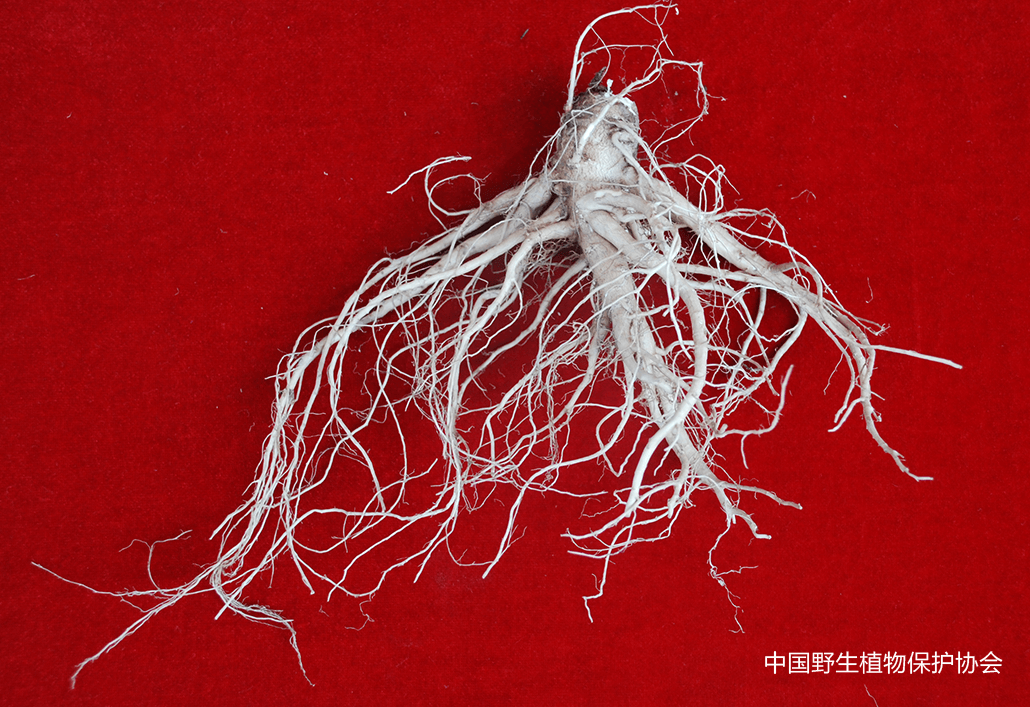
當歸根
近年來,當歸的應用領域不斷擴大,除藥用外,保健食品、化妝品及調味品市場也不斷得到開發,出口至東南亞以及美洲的華人和亞裔社區,深受青睞。

當歸切片
當歸屬的藥用植物種類很多,除當歸做藥用外,尚有白芷(A. dahurica)、獨活(A. pubescens f. biserrata)。有趣的是,受我國傳統醫學影響,在日本和韓國的藥典中也記載有當歸,但來源植物卻與我國不同,韓國使用的是朝鮮當歸(A. gigas),而日本使用的則是東當歸(A. acutiloba)。另外,在西藏和青海地區尚有藏當歸,其來源可能為獨活屬(Heracleum)植物,在使用時應加以區分。
Angelica sinensis
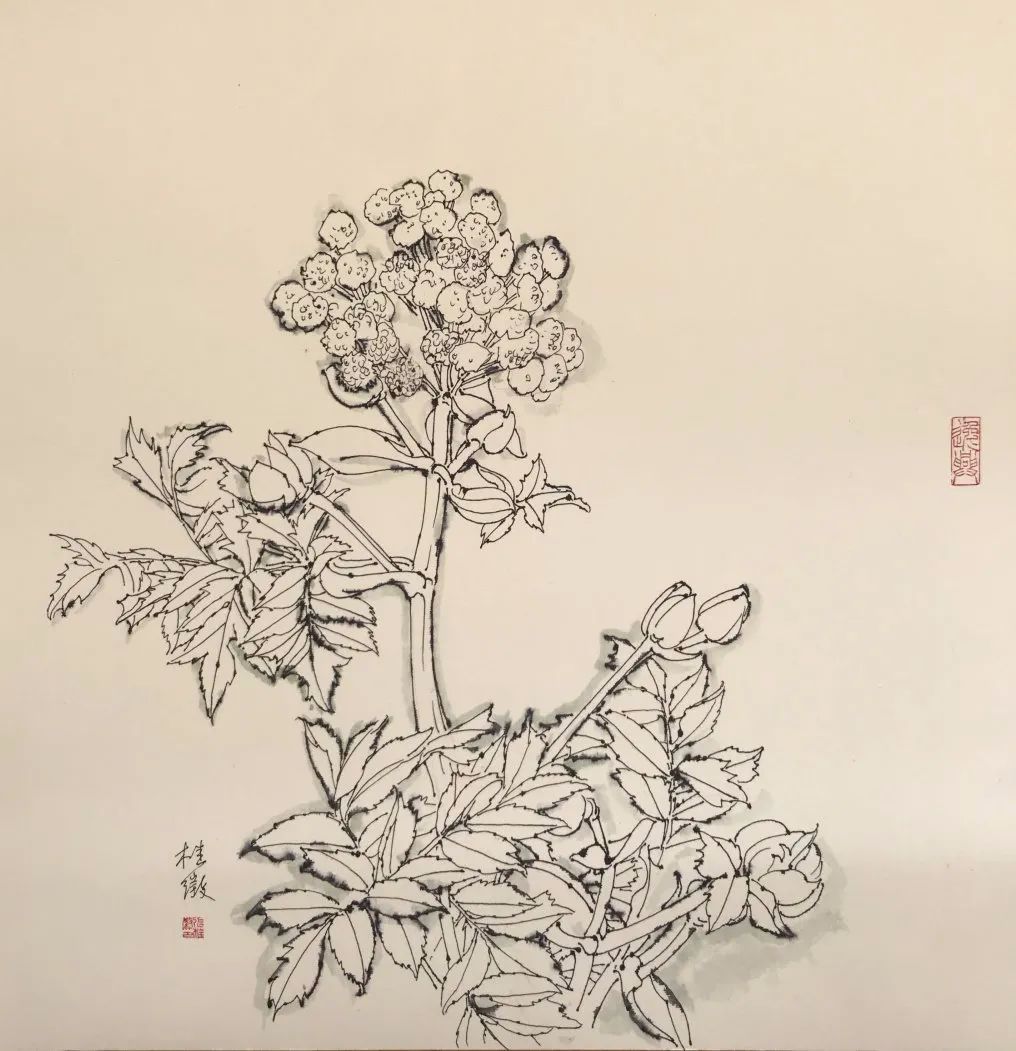
當歸 Angelica sinensis
張桂徵繪
Angelica sinensis, known as ‘danggui’ in Chinese, is a common herb of the family Apiaceae. Its root has a heady aroma and is used heavily in prescriptions. The medical history of Angelica sinensis could date back to the East Han Dynasty according to the first record of it in Shennnong’s Classic of Materia Medica over 2000 years ago and was narrated later in materia medicas of all dynasties. The area between Shouyang, Longxi County and Luomen, Wushan County in Gansu Province is believed as the place of origin of Angelica sinensis and the regions extended to Qinghai Province, where the herb products are of superior quality called ‘Min gui’ and ‘Qin gui’ as genuine herbs. Angelica sinensis is also origin from Sichuan Province called ‘Chuan gui’ by people and is introduced to Yunnan, which is called ‘Yun gui’.
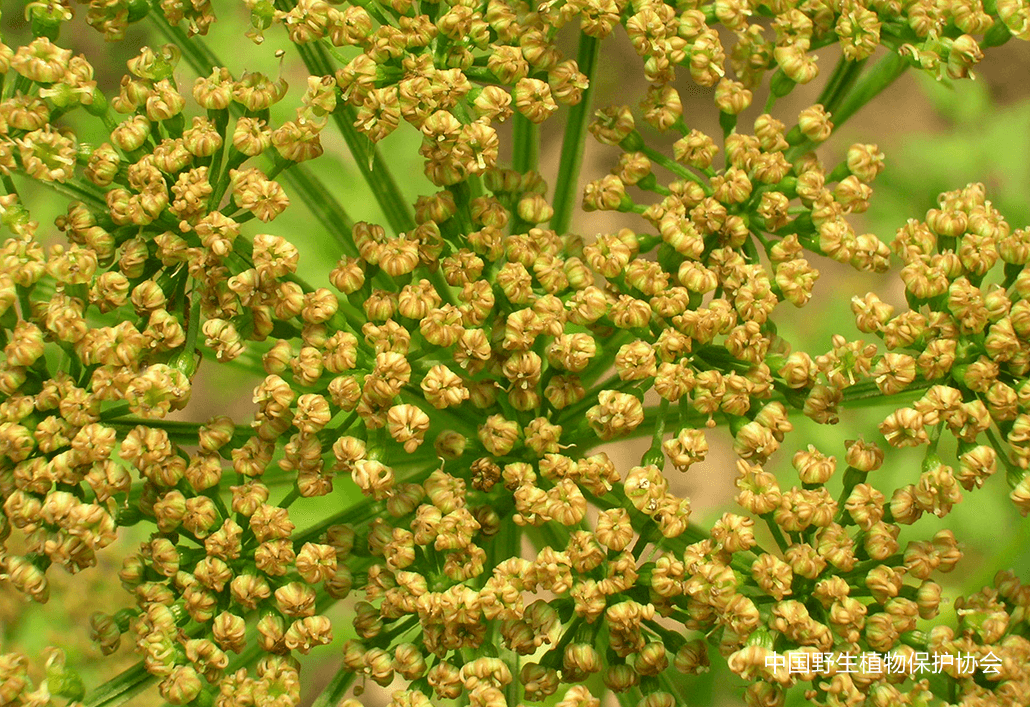
當歸花蕾 Flower bud of Angelca sinensis 圖片有誤,敬請原諒(作者)
Although there is a large-scale cultivation of Angelica sinensis to fulfil the market demand, the wild population of Angelica sinensis is restricted to a narrow area between Minxian County, Zhangxian County and Diebu County in Gansu Province so that we need to pay more attention to the conservation of Angelica sinensis to prevent it from wild extinction.
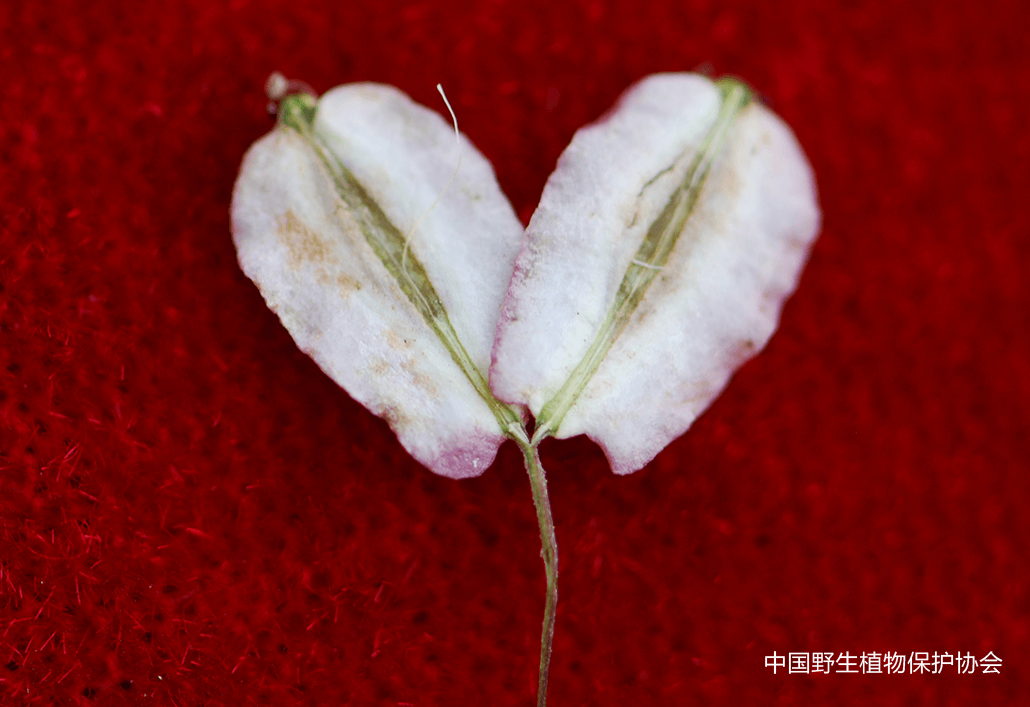
當歸果實 Angelica sinensis mericarps
As a traditional Chinese Medicine it is believed that Angelica sinensis has a efficiency of invigorating blood circulation, regulating menstruation and relieving pain, and can contribute to intestinal peristalsis. It is usually used in prescriptions to cure blood deficiency, faint and palpitation, abnormal menstruation, constipation, ulcer and pains triggered by rheumatism. Besides, Angelica sinensis can also be the ingredient of health food and the raw material of cosmetics, which are popular in Southeast Asia. Research showed that active constituents of Angelica sinensis include phthalides, Angelica polysaccharide, organic acid and abundant amino acids and trace elements.

當歸育苗田 Cultivated field of Angelica sinensis seedling
Except for Angelica sinensis, several species in the genus Angelia can be used as herb medicine such as A. dahurica (known as ‘baizhi’ in Chinese) and A. biserrata (called ‘duhuo’ in part of China). And there are several kinds of ‘danggui’ in the materia medicas of other East Asia countries, refers to A. gigas in Korea and A. acutiloba in Japan. In addition, there is also ‘Tibet danggui’ in Tibet Plateau where some different plants such as those of the genus Heracleum are used and therefore should be used with caution.
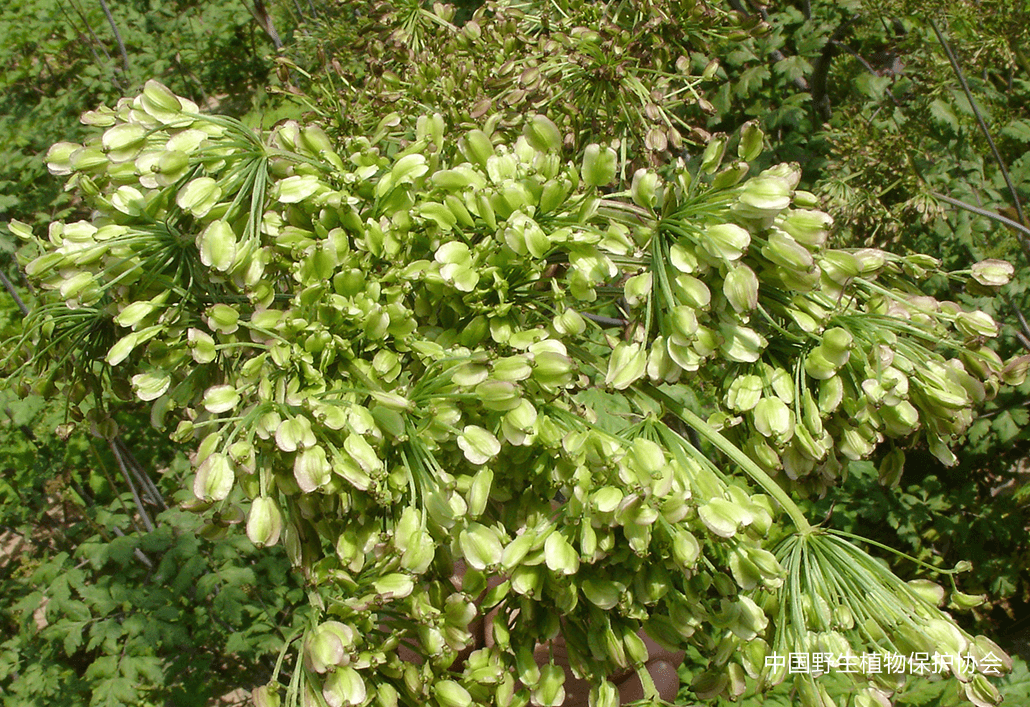
當歸果序 Infructescence of Angelica sinensis

專家顧問:張本剛 | 張憲春
文化顧問:張桂徵 | 張振華
植物手繪:孫英寶
攝 影:齊耀東 | 張勝邦 | 郭增祥
稿 源:齊耀東
翻 譯:張憲春
責任編輯:孔祥瑞 |李姍姍 | 楚雅南
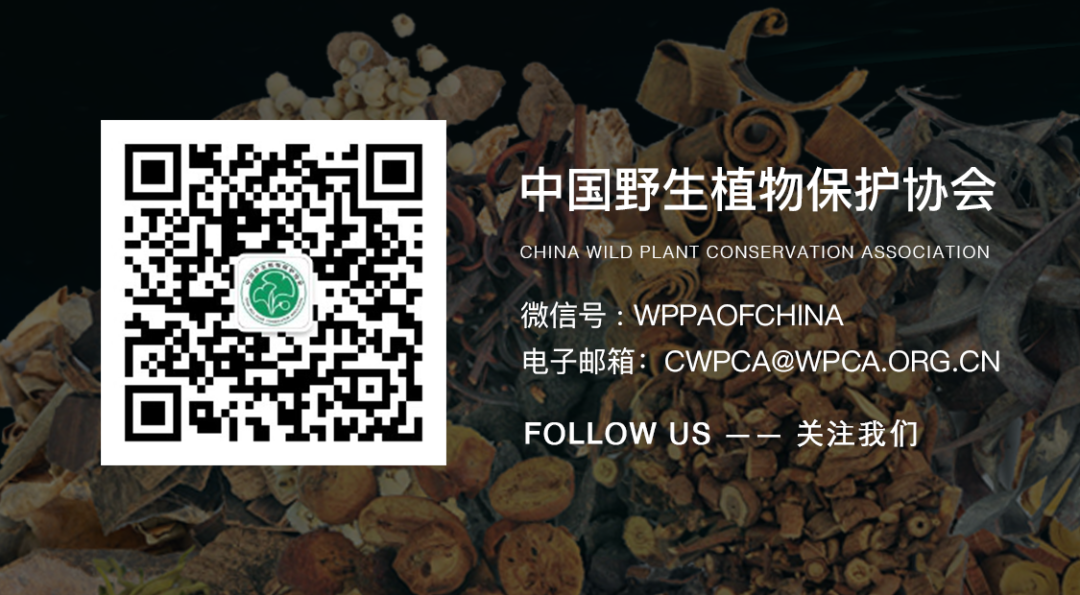
| 版權聲明: 1.依據《服務條款》,本網頁發布的原創作品,版權歸發布者(即注冊用戶)所有;本網頁發布的轉載作品,由發布者按照互聯網精神進行分享,遵守相關法律法規,無商業獲利行為,無版權糾紛。 2.本網頁是第三方信息存儲空間,阿酷公司是網絡服務提供者,服務對象為注冊用戶。該項服務免費,阿酷公司不向注冊用戶收取任何費用。 名稱:阿酷(北京)科技發展有限公司 聯系人:李女士,QQ468780427 網絡地址:www.arkoo.com 3.本網頁參與各方的所有行為,完全遵守《信息網絡傳播權保護條例》。如有侵權行為,請權利人通知阿酷公司,阿酷公司將根據本條例第二十二條規定刪除侵權作品。 |
 m.quanpro.cn
m.quanpro.cn